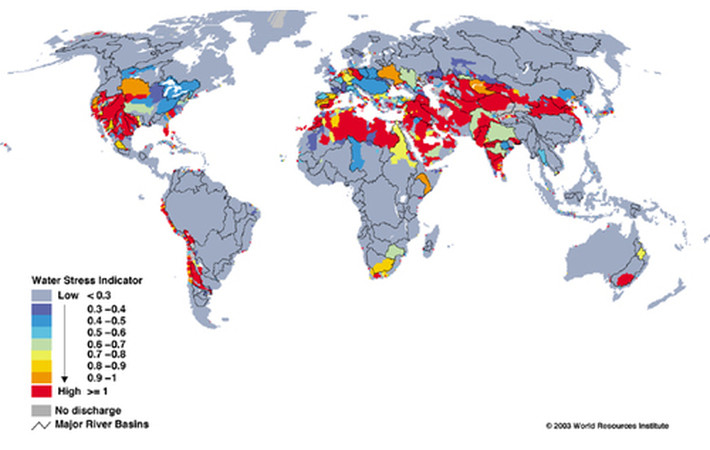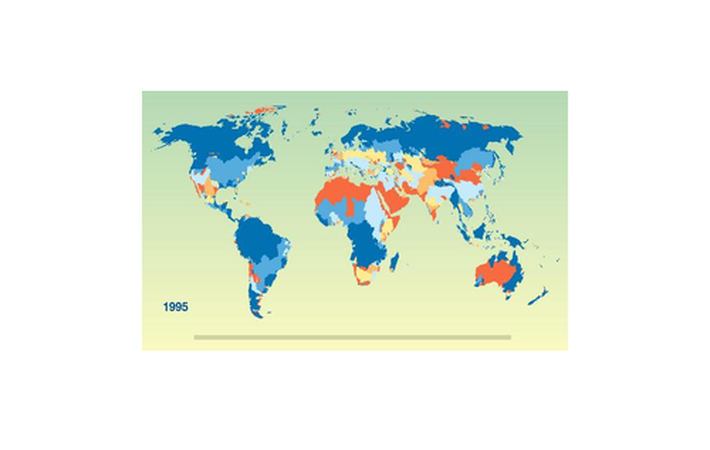
Published on 12/19/2016 | Use Cases
Water is expected to be the new “gold” in the future. Water scarcity is a major concern facing many nations and it is expected to be the cause of future conflicts. Some might think this isn’t a major issue in the developing world but they are wrong. In the U.S., certain states like California are under extreme water stress. Water scarcity has become so bad in California that households have a monthly water allotment. Since I grew up in California, I was amazed at how the landscape has changed over the past decade on my last visit and the impact water shortages had on the state. Not only does California have major water issues, several other states in the U.S. are also confronted with this same issue and the long-term outlook looks bleak for some states.
Some might step back and say there is vast amount of water available in oceans and water scarcity is not a major concern but the reality is desalination plants are very costly and most governments or public utilities do not have the necessary capital to build enough plants to offset projected water shortages. This can be witnessed in the Middle East which has a major fresh water challenge and oil rich nations struggle to build desalination plants because of their cost.
In the developing world water shortages is a major concern. Water is not only used for drinking, agriculture, etc., it is also a key component used in manufacturing, industrial process and other industries. Limited access to water has the potential to cool certain economies that are growing in the developing world. The economic impact water scarcity will have on the developing world will be devastating. Several agencies around the world believe water shortages will lead to several political and armed conflicts in the future. The following chart displays projected water shortages for rivers around the world.

.
To help solve some of the water issues facing several countries, IoT is being deployed. The level of success varies from sector to sector, below are some of the most common uses for IoT in the water industry.
Leak detection, this is a key use case because it helps utilities decrease water loss. Leaks are a major concern in the developing world and a significant amount of water is lost as water is being transported from it source to its final destination. This application allows utilities to pinpoint leaks and repair them in a timely manner. Another added benefit it helps reduce water theft where thieves tap into the system.
Monitoring water quality is another strong use case. In this scenario, IoT solutions monitor the cleanliness of the water and provide the necessary alerts for utilities to take corrective action. This use case provides cleaner water and helps reduce the risk of disease, which is critical in some countries.
Monitoring water levels in dams and rivers. This use case also helps provide advance warnings for floods. Furthermore, it gives visibility on when to either release water or provide water restrictions based on the water levels. This use provides utilities with better information for advanced planning.
Pressure and flow sensors provide advanced readouts on how water is flowing throughout water pipes. If the pressure is too high it can cause severe damage throughout the system and cause damage to homes.
Multiple consumer use cases that range from swimming pools, water softeners, rain water harvesting, reverse osmosis and well management to integrated smart home applications are all are very viable.
Overall IoT is in its early life cycle in the water industry and it is expected to be a market that grows because it will help solve one of the largest geopolitical issues on the horizon. Furthermore, it provides unique uses for the consumer market. To learn more about other mobility and emerging trends subscribe to our insidemobile newsletter at: http://blog.compassintelligence.com/
This article was originally posted on LinkedIn.